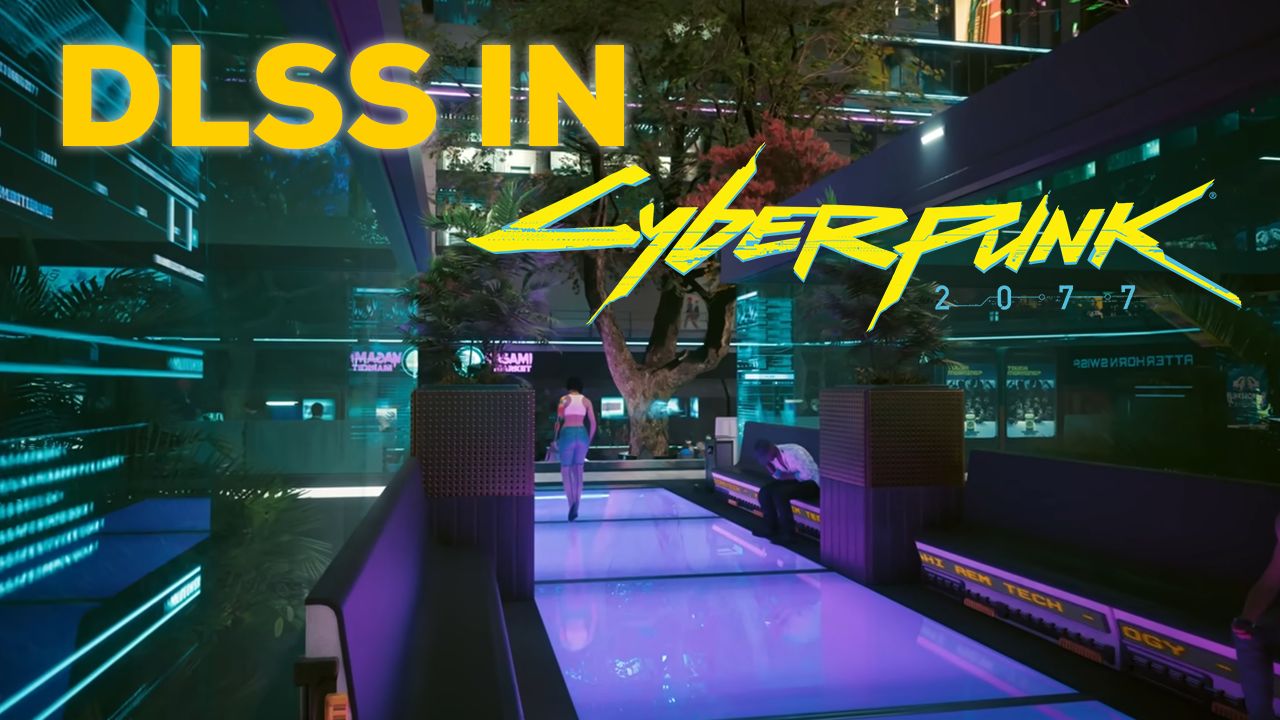The gaming world has always been about pushing boundaries—better graphics, faster performance, and more immersive experiences. With NVIDIA’s new DLSS 4 technology, those boundaries are being redefined. In this blog, we’ll explore why DLSS 4 is a game changer and how it sets a new standard for gaming performance and visuals.
To illustrate its impact, let’s dive into Cyberpunk 2077, a game synonymous with visual fidelity and high-performance demands. Running the game with maxed-out settings—path tracing, ray tracing, and everything cranked up—is no longer a difficult task, thanks to NVIDIA’s RTX 5080 GPU and DLSS 4. This combination delivers performance that was previously unimaginable.
The Evolution of DLSS: From Good to Revolutionary
DLSS (Deep Learning Super Sampling) was first introduced in 2018 and has since been a vital part of NVIDIA’s graphics ecosystem. While it brought substantial performance improvements, early iterations had notable drawbacks:
- Blurry textures in some scenarios.
- Ghosting artifacts, particularly in fast-paced scenes.
- Issues with reflective surfaces, leading to an unnatural look.
With DLSS 4, NVIDIA has addressed these issues head-on by completely rebuilding the technology.
The AI-Vision Transformer Model
DLSS 4 abandons the older Convolutional Neural Network (CNN) approach in favor of an AI-Vision Transformer model, which is similar to the technology behind advanced AI systems like ChatGPT. Here’s why this matters:
- Prioritizing important pixels: The new model focuses computational power on critical areas, like character faces, edges, and reflective surfaces.
(old CNN Model)
(new Transformer model)
- Sharper visuals: By allocating resources more intelligently, DLSS 4 produces images that are sharper and more stable.
- Twice the parameters: The new model has double the parameters of its predecessor, resulting in smoother edges, higher stability, and an unparalleled level of detail.
Even at the same resolution and settings, DLSS 4’s performance and visual quality far surpass previous versions, particularly in challenging scenarios like translucent panels, background NPCs, and reflective environments.
Frame Generation 4x: The Ultimate Performance Boost
While DLSS has always been about squeezing more frames out of demanding games, DLSS 4 takes it to a new level with Frame Generation 4x. Let’s break down what this means:
- Previous DLSS iterations could double your frame rates, but DLSS 4 delivers a 3x to 4x improvement on RTX 50-series GPUs.
- In Cyberpunk 2077, complex scenes that would bring older hardware to its knees now run at 9x the original performance using a combination of super-resolution and Frame Generation 4x.
To put this into perspective, over 90% of the pixels on your screen in this mode are generated by AI. This isn’t just a performance boost—it’s a glimpse into the future of gaming technology.
Backward Compatibility
DLSS 4 isn’t just for new games. NVIDIA has ensured that it works seamlessly with titles designed for older versions of DLSS. This means your existing library of DLSS 2 games will benefit from the improved AI model, sharper details, and higher frame rates.
The Future: Neural Rendering and Beyond
DLSS 4 is just the beginning. NVIDIA is already paving the way for neural rendering, where AI takes over the heavy lifting in real-time rendering. Here’s what’s coming:
- Neural Shaders: These will reduce memory requirements while improving visual fidelity, especially for complex scenes.
- Neural Faces: Character models will look more lifelike than ever, with nuanced expressions and natural movements.
By shifting the focus away from hardware optimization, developers will have more freedom to create expansive, visually stunning worlds without worrying about performance bottlenecks.
How DLSS 4 Changes Game Development
The implications of DLSS 4 extend beyond gamers. Game developers are poised to benefit from this technology in several ways:
- Reduced optimization burden: With DLSS handling much of the rendering, studios can focus on creativity rather than squeezing performance out of hardware.
- Photo-realistic visuals: Features like neural rendering and advanced AI models will make hyper-realistic games a standard, not a luxury.
- Broader accessibility: Games that once required top-tier hardware will now be playable on a wider range of systems, democratizing access to cutting-edge gaming experiences.
DLSS 4 isn’t just a technological update; it’s a complete shift in the gaming industry. By combining unparalleled performance with cutting-edge AI, NVIDIA is opening doors for Indie developers to rival AAA studios without the deep pockets – since AI will take over optimization, the focus for game developers will solely be on delivering a great story, level design and the overall experience.
If you’re excited about the future of gaming, now is the time to upgrade. Visit our website or one of our stores across India to pre-book Custom PCs equipped with RTX 50-series GPUs.






